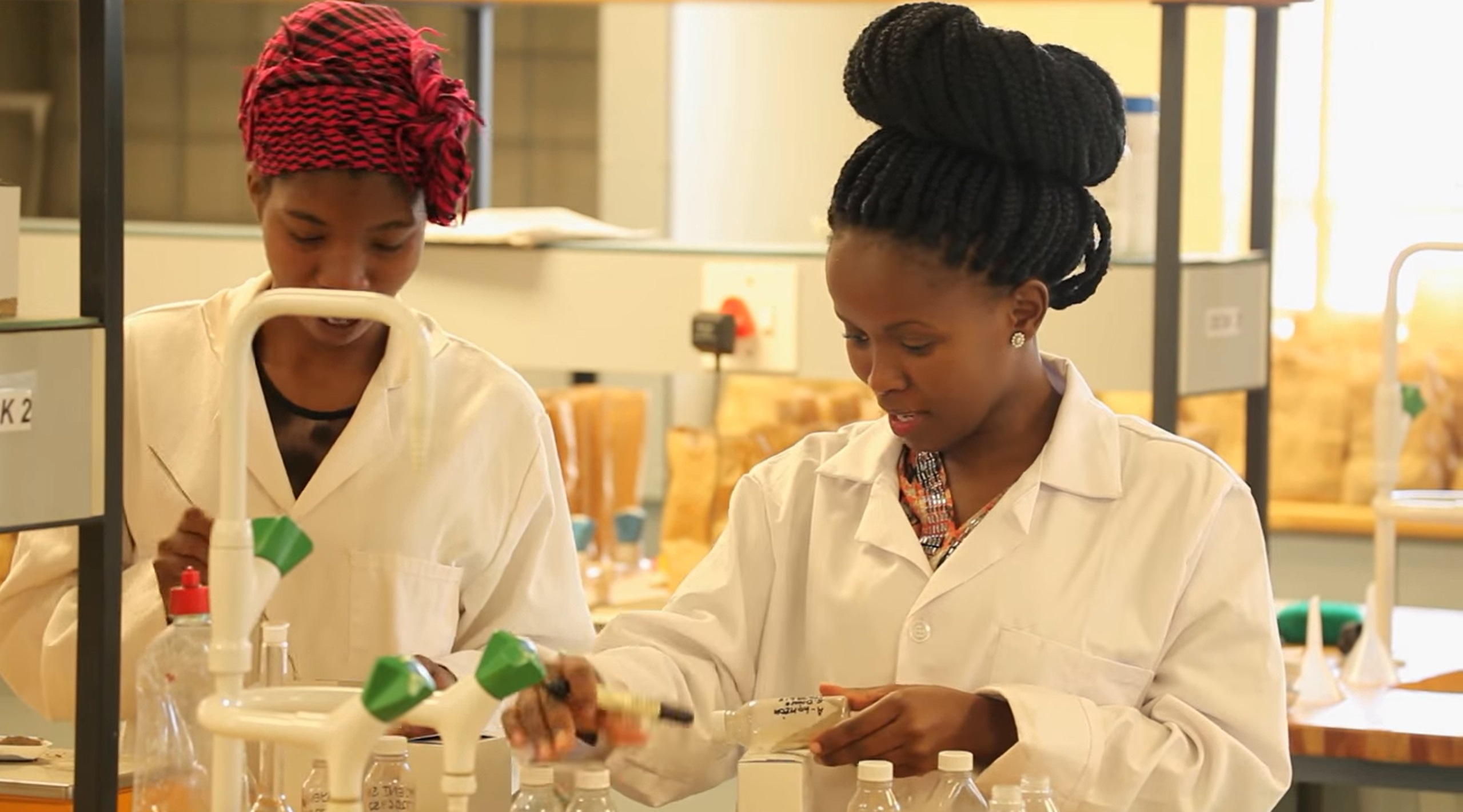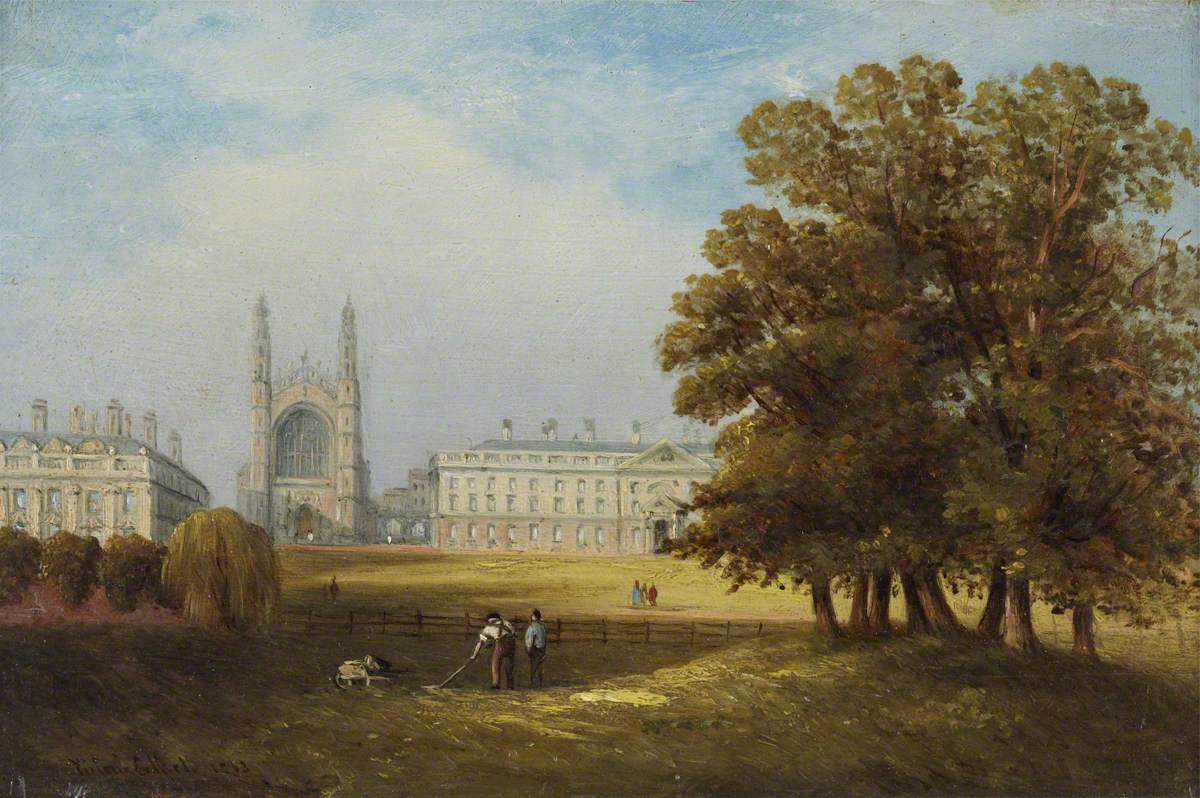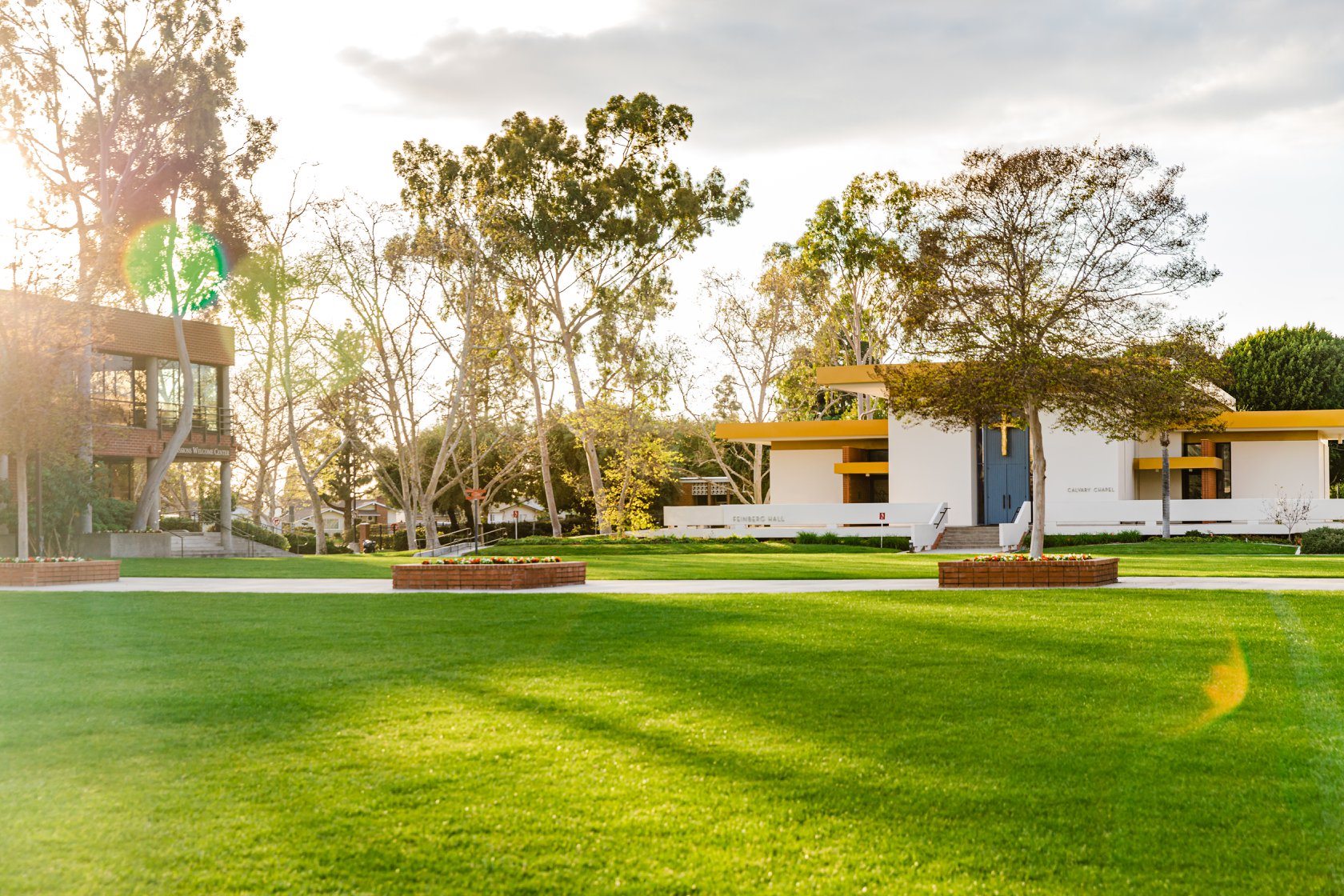The Dumbest Members of Congress
- Home Page 107

Colomba di Pasqua
This content is accessible to paid subscribers. To view it please enter your password below or send mike@standardsmichigan.com a request for subscription details.
Paska Bread
This content is accessible to paid subscribers. To view it please enter your password below or send mike@standardsmichigan.com a request for subscription details.
Spring Week 16 | 14 April – 20 April
Monday| 14 April | Colloquium 15:00 UTC
Tuesday | 15 April | Colloquium 15:00 UTC
Wednesday | 16 April | Colloquium 15:00 UTC
Thursday | 17 April | Colloquium 15:00 UTC
Friday | 18 April | Colloquium 15:00 UTC
Saturday | 19 April
Sunday| 20 April
“Thine Be the Glory”
“Thine Be the Glory” (originally “À toi la gloire” in French) is a Christian hymn written by Swiss pastor and hymnwriter Edmond Louis Budry in 1884. The hymn was composed to celebrate the Resurrection of Jesus Christ, making it particularly associated with Easter. Budry, a minister in the Reformed Church of Vevey, Switzerland, wrote the text in French, inspired by the triumphant and victorious nature of Christ’s resurrection.
The tune commonly used for the hymn is adapted from a piece in George Frideric Handel’s oratorio Judas Maccabaeus (1747), specifically the chorus “See, the Conqu’ring Hero Comes.” This lively and majestic melody was arranged for the hymn by 1885, when the text and tune were first published together in the Swiss hymnal L’Organiste. The English translation, which begins “Thine be the glory, risen, conqu’ring Son,” was made by Richard Birch Hoyle in 1923, enabling the hymn to gain widespread popularity in English-speaking congregations.
The hymn’s text draws heavily on biblical themes, particularly from the New Testament accounts of the Resurrection (e.g., Matthew 28, 1 Corinthians 15). It emphasizes Christ’s victory over death, the hope of eternal life, and the call for believers to offer praise and glory to God.
Thine be the glory, risen, conquering Son;
endless is the victory, thou o’er death hast won;
angels in bright raiment rolled the stone away,
kept the folded grave clothes where thy body lay.
Refrain:
Thine be the glory, risen conquering Son,
Endless is the vict’ry, thou o’er death hast won.
Lo! Jesus meets us, risen from the tomb;
Lovingly he greets us, scatters fear and gloom;
let the Church with gladness, hymns of triumph sing;
for her Lord now liveth, death hath lost its sting.
No more we doubt thee, glorious Prince of life;
life is naught without thee; aid us in our strife;
make us more than conquerors, through thy deathless love:
bring us safe through Jordan to thy home above.
Power Outlet Wiring
Today at 15:00 UTC we review the very considerable work we have undertaken for the better part of thirty years on NFPA and IEEE best practice literature that governs the safety of proximate electrical energy devices. Use the login credentials at the upper right of our home page.
The primary differences between United States and European electric receptacles stem from voltage, frequency, plug design, and standards. In the U.S., the standard voltage is 120 volts, operating at a frequency of 60 Hz. European countries typically use 230 volts at 50 Hz. This voltage disparity means devices designed for one system may not function properly—or safely—in the other without adapters or converters.
Plug design also varies significantly. U.S. receptacles use Type A or B plugs, featuring two flat pins (Type A) or two flat pins plus a round grounding pin (Type B). European receptacles commonly use Type C, E, or F plugs under the CEE 7 standard. Type C has two round pins, while Type E and F include grounding pins—E with a pin protruding from the socket, and F with side grounding clips. These physical differences make plugs incompatible between regions without adapters.
Wiring and safety standards further distinguish the systems. U.S. outlets follow the National Electrical Code (NEC), while Europe adheres to the International Electrotechnical Commission (IEC) standards. Grounding and polarization requirements also differ, reflecting regional engineering practices. Ultimately, these distinctions ensure safety and efficiency but complicate international device compatibility.
Copper can’t be mined fast enough to electrify the United States
Austin Union Debate: Should a University Be an Open Society?
This content is accessible to paid subscribers. To view it please enter your password below or send mike@standardsmichigan.com a request for subscription details.
Abiit sed non oblita
“Whom the gods love, die young.”
Menander (341-290 BCE)
“My mother was a Protestant, of a traditional American, vague kind: she belonged to the church that the nice people in the neighbourhood went to. My wife is a Catholic, the kids are Catholic, so I’m a Catholic fellow-traveller.”
Legacy | Toledo Ohio
“Everybody knows how to raise children, except the people who have them.”
“America wasn’t founded so that we could all be better. America was founded so we could all be anything we damned well pleased.”
MLive | Ann Arbor Michigan
“Giving money and power to government is like giving whiskey and car keys to teenage boys.”
“It’s better to spend money like there’s no tomorrow than to spend tonight like there’s no money.”
“When buying and selling are controlled by legislation, the first things to be bought and sold are legislators.”
“If government were a product, selling it would be illegal.”
“The Democrats are the party that says government will make you smarter, taller, richer, and remove the crabgrass on your lawn. The Republicans are the party that says government doesn’t work and then they get elected and prove it.”
“Not much was really invented during the Renaissance, if you don’t count modern civilization.”
“No humorist is under any obligation to provide answers and probably if you were to delve into the literary history of humour it’s probably all about not providing answers because the humorist essentially says: this is the way things are.”
Hash Bash
“Thou shouldst not have been old till thou hadst been wise.”
— William Shakespeare (King Lear, Act 1, Scene 4)
Ann Arbor Hash Bash Turns 50https://t.co/fNB9l2Ig11 pic.twitter.com/nGRECzx9Kf
— Standards Michigan (@StandardsMich) April 2, 2022
“G.K. Chesterton’s Fence” is a concept often cited in discussions about change, reform, and tradition — in software as well as in “campus traditions”.
It’s derived from a quote by the English writer, G.K. Chesterton, which goes: “In the matter of reforming things, as distinct from deforming them, there is one plain and simple principle; a principle which will probably be called a paradox. There exists in such a case a certain institution or law; let us say, for the sake of simplicity, a fence or gate erected across a road. The more modern type of reformer goes gaily up to it and says, ‘I don’t see the use of this; let us clear it away.’ To which the more intelligent type of reformer will do well to answer: ‘If you don’t see the use of it, I certainly won’t let you clear it away. Go away and think. Then, when you can come back and tell me that you do see the use of it, I may allow you to destroy it.'”
In essence, Chesterton is cautioning against the impulse to dismantle or alter established systems, institutions, or traditions without fully understanding why they were put in place in the first instance. The “fence” represents any existing structure, rule, or tradition, while the act of removing it symbolizes reform or change. Chesterton suggests that before advocating for the removal or alteration of something, one should first understand its purpose and history. This is because such structures often have reasons for their existence, which might not be immediately apparent to those seeking change.
The principle emphasizes the importance of respecting tradition and the wisdom of those who came before, as well as the necessity of informed decision-making when it comes to implementing reforms. It urges individuals to exercise caution and humility, recognizing that existing systems may have evolved to address specific needs or challenges, and that blindly discarding them could lead to unforeseen consequences.
New update alert! The 2022 update to the Trademark Assignment Dataset is now available online. Find 1.29 million trademark assignments, involving 2.28 million unique trademark properties issued by the USPTO between March 1952 and January 2023: https://t.co/njrDAbSpwB pic.twitter.com/GkAXrHoQ9T
— USPTO (@uspto) July 13, 2023
Standards Michigan Group, LLC
2723 South State Street | Suite 150
Ann Arbor, MI 48104 USA
888-746-3670

















